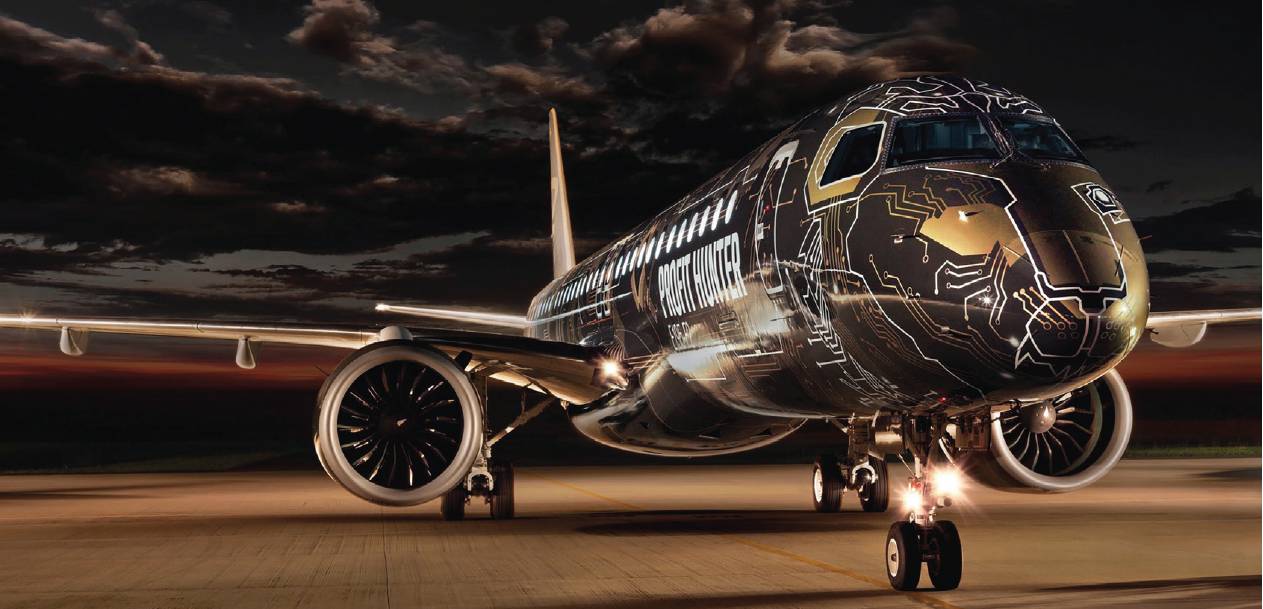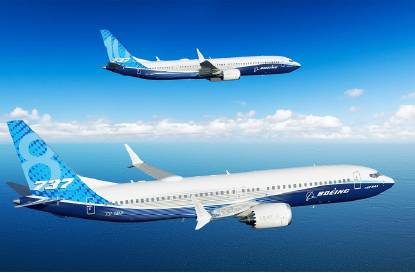AEROSPACE Mergers and acquisitions
Boeing and Embraer jilted at the altar?
Professor KEITH HAYWARD FRAeS assesses what happens next after Boeing terminated a $4.2bn deal to acquire Embraer’s commercial aircraft division.
 Embraer
Embraer
Two years ago, Boeing offered Embraer $4.2bn for an 80% share of its regional jet business. Boeing has now walked away from the preliminary agreement citing ‘unacceptable delays’ in concluding the deal. For its part, Embraer has accused Boeing of ‘manufacturing false claims’ as a pretext for breaking off negotiations. The Brazilians believe that Boeing’s own problems with the MAX8 and Covid-19-related issues and the need to cover a $19bn plus hole in its finances, are the real reasons for the collapse. The deal was also facing political opposition within Brazil and potential anti-trust action from the EU.
For Boeing, the main attraction of the deal with Embraer was perhaps the people employed in one of the world’s most productive and skilled aerospace workforces. They are also in the main young or at least younger than the aging members of Boeing’s US team. The aging of a generation of engineers and other skilled personnel has been a long-term concern of the US aerospace industry. Gaining access to a Brazilian source of new blood would have been a quick shortcut to supplementing the domestic cadre of incomers to the workforce, many of whom will prefer employment in the ‘technology’ start-ups – or are Chinese either going home or increasingly suspect as a thin end of an industrial espionage wedge.

More positively, the Embraer product line offered Boeing a quick way of filling an emerging gap at the bottom end of its product range. Well designed and currently in the midst of upgrading and modernisation, Embraer’s E-Jet range had acquired a solid market and a good reputation among its customer base. Its main competitor was Bombardier, now part of Airbus in a sort of junior league Boeing-Airbus duopoly. The absorption of the Bombardier C-Series into the Airbus range as the A220 would have increased the pressure on Embraer to match the mightier resources of the European consortium. Future developments in Brazil were handicapped to some extent by a shortage of capital which, of course, Boeing might have brought to the deal. However, with analysts beginning to think that in the future airlines will be downsizing their fleets, Embraer’s products would have filled a gap in the Boeing family.
Boeing has tried this before; remember the de Havilland Canada link in the 1980s? This failed because Boeing could not readily cope with the different market and customer base requirements of aeroplanes below 130 seats. Well, times are a-changing and Toulouse clearly believed even before Covid-19 that slots in the 90-120 seat category were worth nurturing. It also had the bonus of trimming some of the competition to the smaller Airbuses.
